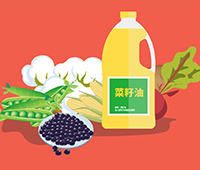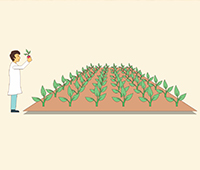据了解,这种食品酶是由转基因里氏木霉菌株AR-352生产的,旨在用于烘焙过程、谷物加工过程、生产淀粉和谷蛋白部分的谷物处理以及鸡蛋加工。
经过评估,专家小组认为,在预期的使用条件下,不能排除饮食暴露引起过敏和诱发反应的风险,但这种情况发生的可能性很低。根据所提供的数据,评估小组得出结论,这种食品酶在预期使用条件下不会引起安全问题。部分原文报道如下:
The food enzyme glucose oxidase (β-d-glucose:oxygen 1-oxidoreductase; EC 1.1.3.4) is produced with the genetically modified Trichoderma reesei strain AR-352 by AB Enzymes GmbH. The genetic modifications do not give rise to safety concerns. The food enzyme is free from viable cells of the production organism, but the absence of its recombinant DNA could not be established. The food enzyme is intended to be used in four food manufacturing processes, namely baking processes, cereal-based processes, grain treatment for the production of starch and gluten fractions, and egg processing. Since residual amounts of total organic solids (TOS) are removed by repeated washing during the production of starch and gluten, dietary exposure was calculated only for the remaining three processes. Dietary exposure to the food enzyme–TOS was estimated to be up to 0.13 mg TOS/kg body weight (bw) per day in European populations. Genotoxicity tests did not indicate a safety concern. The systemic toxicity was assessed by means of a repeated dose 90-day oral toxicity study in rats. The Panel identified a no observed adverse effect level of 1,000 mg TOS/kg bw per day, the highest dose tested, which when compared with the estimated dietary exposure, results in a margin of exposure of more than 7,800. A search for similarity of the amino acid sequence of the food enzyme to known allergens was made and one match was found. The Panel considered that, under the intended conditions of use, the risk of allergic sensitisation and elicitation reactions by dietary exposure cannot be excluded, but the likelihood for this to occur is considered to be low. based on the data provided, the Panel concluded that this food enzyme does not give rise to safety concerns, under the intended conditions of use.
本文由食品伙伴网食品资讯中心编辑,有任何疑问,请联系news@foodmate.net。







